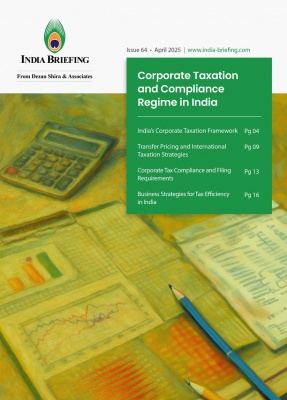
Our collection of resources based on what we have learned on the ground
The Goods and Services Tax: Behind the Biggest Tax Reform in Independent India
MultimediaPresenter(s):
The Goods and Services Tax (GST) has come into effect from July 1, 2017 onwards, aimed to simplify doing business in India. India has been grappling with multiple indirect taxes for a long time; the introduction of GST is, therefore, a landmark in the country’s taxation regime.
The GST is a single tax on the supply of goods and services, right from the manufacturer to the consumer. It will subsume the previous web of taxes, regulations, and border levies, such as the Central and State levies, including excise duty, service tax and VAT. Thus, by virtue of being one indirect tax for the whole nation, the GST will establish a unified common market in India.
GST will broaden the tax base as the annual revenue threshold for being registered under GST has been reduced to INR19 Lakhs in comparison to that of INR1.5 crore which was the condition under past excise laws. This would result in a potential boost to the country’s GDP by 0.9 to 1.7 percent.
In this presentation, International Business Advisory Manager Sahil Aggarwal and Senior Associate Shashi Verma outline how your business can take advantage of the newly introduced GST regime.
< BACK TO LIBRARY
Subscribe to receive latest insights directly to your inbox
Subscribe NowOur Clients
Discover our esteemed global clients across diverse sectors. We believe in providing our clients with exceptional service and a commitment to being their partner for growth in Asia.
See what our clients say about us

































